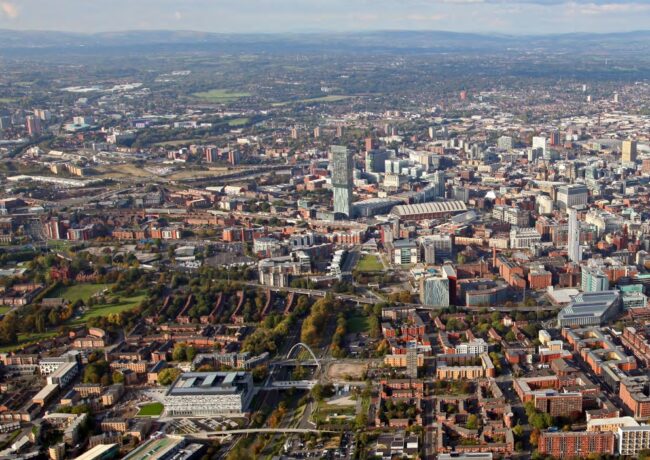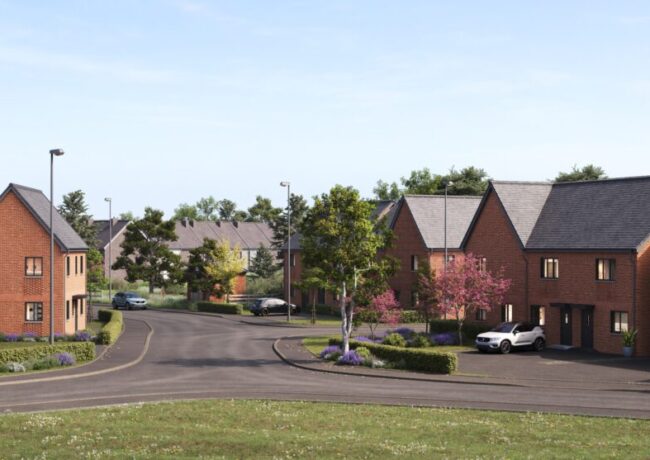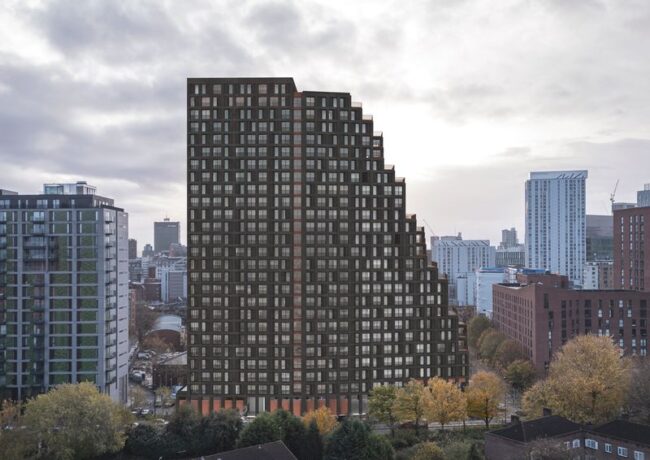Brownfield register only meets 50% of housing need, says Barton Willmore
Analysis by the planning consultancy of the brownfield land identified for housing in Greater Manchester has suggested that the sites would fulfil less than half of the housing need for the area, delivering 100,100 of the 227,200 homes required.
All local authorities had to submit brownfield land registers by 31 December, and the Greater Manchester Combined Authority was one of the few areas where all authorities submitted their registers.
The purpose of the register is to identify and publish brownfield land that would be suitable for housing, as part of the Government’s push for a “brownfield first” approach to constructing housing, before release of green belt land is considered.
According to the North West office of planning consultancy Barton Willmore, the register has identified 1,246 sites across Greater Manchester which are earmarked for homes. However, the estimated delivery figure of 100,000 homes falls short of the 227,200 homes required over the next 20 years, estimated in the draft Greater Manchester Spatial Framework.
Around 40% of the brownfield sites identified have planning permission or approval, equating to 40,710 homes, with the other 60% in the pipeline.
Manchester City Council is the only member of the GMCA that is able to demonstrate that more than 70% of its housing need can be delivered on brownfield land. Salford can deliver 58%, while Bolton is at 51%. This is in contrast to less than 30% brownfield supply in Bury, Oldham, Rochdale, Tameside, Stockport and Trafford.
Greg Dickson, planning director in Barton Willmore’s Manchester office, said: “The deadline for local authorities to submit their brownfield land registers has now passed and its promising to see most authorities in the North West have completed them, helping us to take a collective leap forward in identifying how we will address our housing needs. Looking at the Greater Manchester Combined Authority, while a large number of sites have been identified it is clearly not enough to meet the identified housing need for the City Region. The 1,246 identified sites could deliver 100,103 homes. That equates to less than 50% of the housing need which currently stands at 227,200 homes. This picture is echoed up and down the country. What the brownfield land registers do is help us to establish the extent of the shortfall so we can carefully consider through a plan-led system, how and where additional housing should be delivered.”





But Brownfield Land Registers do not equal housing land supply. All you can really say with any certainty is that the wider housing land supply is unlikely to contain any previously developed site of 0.25 hectares or 5 dwellings and above in the first five years that isn’t also on the Brownfield Register – but beyond that timeframe and below that size threshold sites are less likely to be, or definitely not going to be, included.
Hasn’t the GMCA said it’ll publish all of its land supply data at some point? Until that point Barton Willmore’s assessment is somewhat premature.
By InterestedParty
Surprising to see Bolton can only support 50% on brownfield with all the empty mills rotting away? Is this therefore based on what would viable to built and sell rather than land availability?
By Simon
The 100k houses may be short of the GMSF target, but remember that this was set at an unrealistically high level so that councils and developers AND advisors like barton wilnore could justify building on the green belt. BW are not independent .observors
By Peter Black
It is worth noting that just because a site is Brownfield, it does not mean that it is financially viable.
The problem with these “land supply’s” is that it is a very high level look at what “could” “potentially” accommodate housing. If a site is not deliverable, then its potential is rather irrelevant.
By QuaysMan
Agree brownfield does not equal supply/deliverable. Many issues around brownfield but outside city centre comes down to demand and end sales values (this after getting over the by no means small issues of clearance and remedial issues). The risk vs reward of brownfield outside manchester city centre is just not that attractive.
By Another interested observer